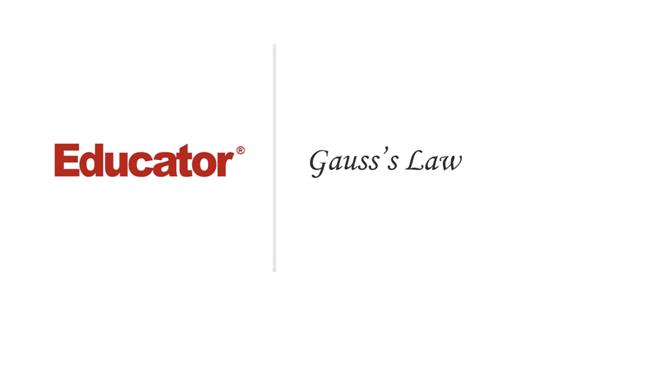Connecting...

For more information, please see full course syllabus of AP Physics C/Electricity and Magnetism
AP Physics C/Electricity and Magnetism Gauss's Law
In physics, Gauss's law, also known as Gauss's flux theorem, is a law relating the distribution of electric charge to the resulting electric field. Gauss's law states that:The electric flux through any closed surface is proportional to the enclosed electric charge.The law was formulated by Carl Friedrich Gauss in 1835, but was not published until 1867.[1] It is one of the four Maxwell's equations, which form the basis of classical electrodynamics. Gauss's law can be used to derive Coulomb's law, and vice versa.Gauss's law may be expressed in its integral form,The integral and differential forms are related by the divergence theorem, also called Gauss's theorem. Each of these forms can also be expressed two ways: In terms of a relation between the electric field E and the total electric charge.
Share this knowledge with your friends!
Copy & Paste this embed code into your website’s HTML
Please ensure that your website editor is in text mode when you paste the code.(In Wordpress, the mode button is on the top right corner.)
- - Allow users to view the embedded video in full-size.











































0 answers
Post by iusvqn on April 9, 2020
Right now, I am studying this during the Corona virus epidemic. My teacher has not provided any reference material besides the textbook. I have watched YouTube videos for the past 3 days trying to understand this, with no success. Thank you sir for taking your time to explain this, rather than rushing through it.
0 answers
Post by Jamal Tischler on February 10, 2016
I did solve the integral for the first extra example, I wrote 4 pages..
The most important thing about that integral is to realise that da=dy*dz.
And then calculate the double integral.
0 answers
Post by Marcus Suzuki on June 8, 2014
This professor may be slow, but has an amazing amount of knowledge. He explains things very clear.
1 answer
Last reply by: spencer frame
Mon Dec 17, 2012 4:52 PM
Post by Herve Gnidehoue on December 24, 2011
In the case of the sphere, the magnetic flux turned out to be Q/Epsilon O because the area of the sphere is " accidentally" 4 pi R ^2 . The R^2 and the 4 pi later cancel. If the area was a complicated figure, wouldn't the flux be a function of something else besides Q ? Awesome professor.
0 answers
Post by Hamza albobaz on October 25, 2011
how studys in uae